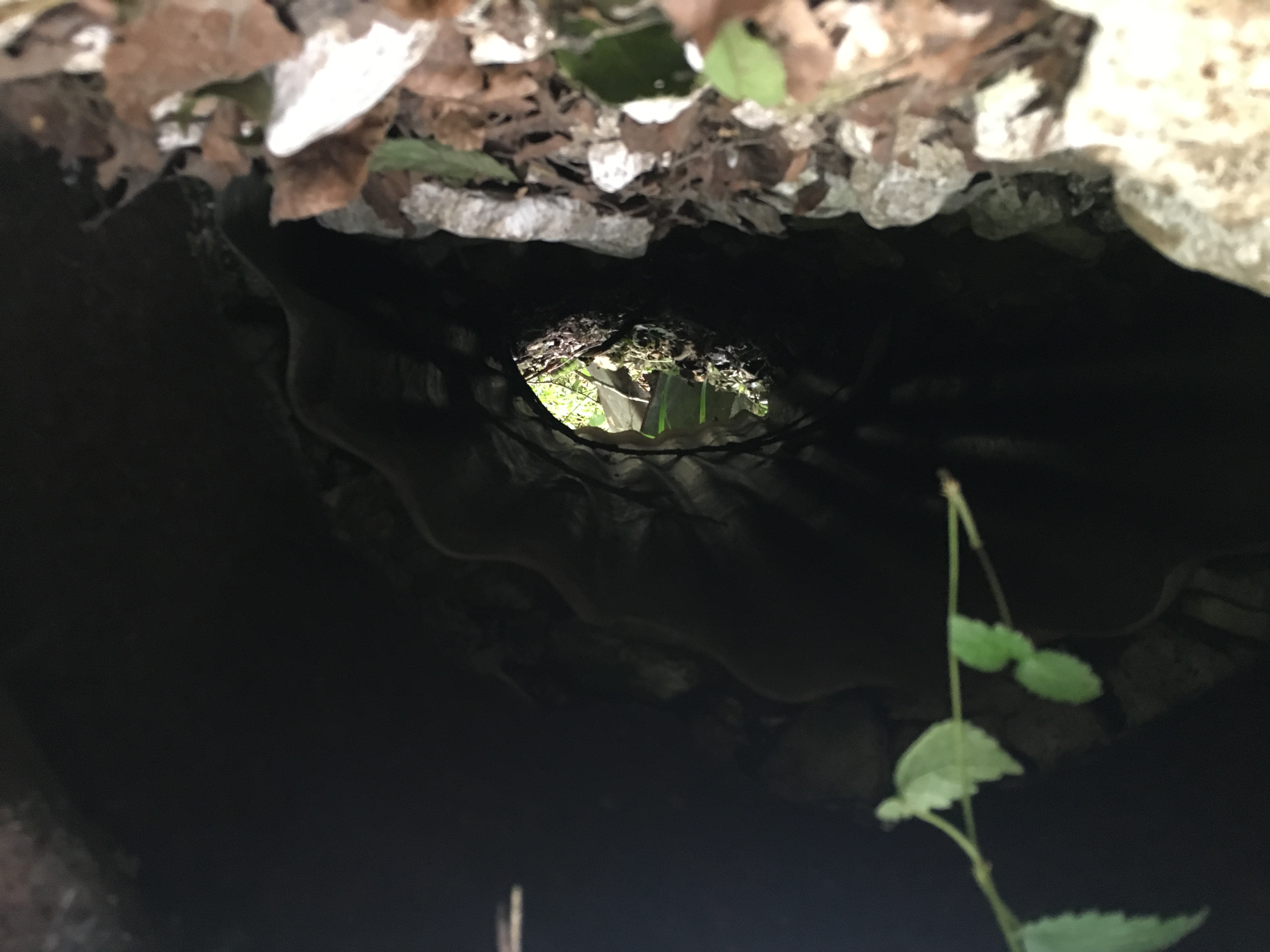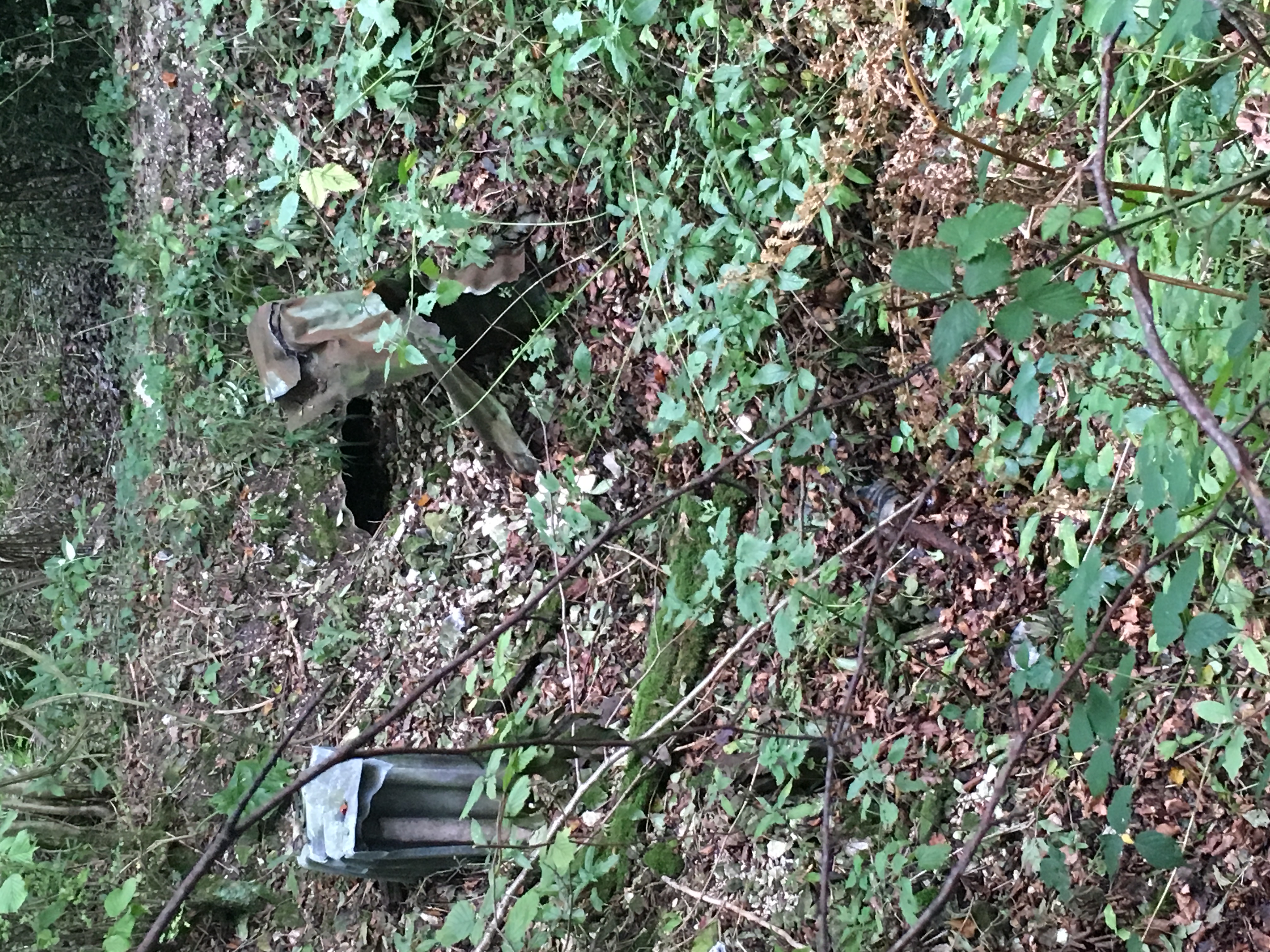Chalton a village approximately 7 miles north of Havant.
| Name | Occupation | Posted from | Until |
|---|---|---|---|
| Company Sergeant Major William Guy Budden | Farm cowman |
08 Jul 1940 | 03 Dec 1944 |
| Corporal Ernest Cole | Farm labourer |
11 Dec 1942 | 03 Dec 1944 |
| Private Cyril Allen | Forester |
20 Jun 1940 | 03 Dec 1944 |
| Private Edwin Walter Benham | Gardener |
21 Jun 1940 | 25 Feb 1944 |
| Private Harold Lewis Bryant | Lorry driver coal merchant |
24 Sep 1941 | 03 Dec 1944 |
| Private Richard James Buckle | 20 Jan 1943 | 23 Aug 1943 | |
| Private Eric Buckle | Farm labourer |
05 Jul 1940 | 02 Jun 1944 |
| Private John William Robert Lavender | Gardener |
06 Jun 1940 | 03 Dec 1944 |
| Private William George Lawrence | Cowman |
29 Jan 1944 | 03 Dec 1944 |
| Private Lester Leek | Radio engineer & dealer |
21 Jun 1942 | 03 Dec 1944 |
| Private Alexander Clark MacLean | Butler |
30 May 1940 | 03 Dec 1944 |
| Private William Richard Wilds | Gardener |
10 Jun 1940 | 03 Dec 1944 |
Company Sergeant Major Budden wrote his memoirs after the war and recalled the OB was built into a Lynchet (ridge or ledge) at Charlton Park.
[We] “…were to have an underground hideout, located in Chalton Park which was in 1941 28 acres in extent with a predominance of large beech trees as well as oak, ash, the older beech were round about 150 years old, and therefore in places little or no undergrowth. There were also several large Lynchets running East to West, certainly of Roman date. It was on the negative (or downhill) side of one of these that the Army chose to dig and insert a hide. They dug down about 8 feet which was between 6 and 7 feet into hard chalk, the chalk was not carted away, but wheeled along and spread against the Lynchet bank having first collected the leaves, leaf mould and some topsoil from the bank which still stood 5 feet high. The leaves collected were stockpiled to be used as camouflage after the hide was completed.
About 12 soldiers completed the job in about two days, nobody knew what was being done such was the secrecy. The sides and roof were constructed of fairly heavy galvanised iron, with timbers of 2 inch by 4 inch deal. There were 4 air vents from near the floor level, carefully camouflaged at the top. The entry was by a trap door about 20 inches square, covered with leaves and rubbish.
After we were introduced to our abode, we found many improvements which could be introduced. [Number 1 job] …was to cover the floor with duckboards, the next was to search the woods for the stump of a dead oak which when cut straight at ground level, would be big enough to comfortably cover the trap door which was to the underside of the knarled log. Next, the now very heavy trap had to be counter balanced by a system of thin steel wire and pulleys, so that the whole contrivance could be lifted with one finger, high enough for personal to get into or out of the pit which had a short ladder down into it. If no disturbance was created round the block of dead timber bolted to the now free lifting trap. We had to be very careful not to make any regular tracks of footmarks which might give away our position."
Chalton Patrol
Likely local targets would include the railway line – South to Havant and Portsmouth Docks; north – to Petersfield, London and all places north. The southern tunnel entrance between Chalton and Buriton if collapsed with explosives would cause significant delay to any German effort to advance their troops into England rapidly by train from the southern landing beaches.
A3 trunk road – arterial route from southern landing beaches, and Portsmouth deep-water docks, via Waterloovile, Horndean and on towards Petersfield and London and all points north.
"We visited our OB several evenings a week, on several occasions we spent all night down below. Sometimes in and out on some exercise, mostly concerning explosives, on one or two nights blowing up rail lines in the old chalk pit at Buriton village.
Problems arose on one such visit when the German bombers dropped incendiaries a what we called "clapper" bombs, scores of them over fields etc. about ½ to l ½ miles from us. All available police, specials, air raid wardens & others were sent from Petersfield to try and deal with the menace. The trouble came when our innocent unit between II and I2 PM. set off two or three bangs of 10 to 12 lbs. each, and detonated several of the so called clapper bombs to the great consternation of the police etc. particularly the specials and ARP. who made for home in the darkness.
Several police came to Chalton village next morning, somewhat annoyed. When they found me, many questions were asked but none were answered. All I could do was to refer them to the regular army in the shape of the Warwickshire's about 2 miles away. We were not allowed to give anything away, where we had been or how and why. We never knew what other Units were doing.
We made two or three visits to a farmhouse at Lovedean where a Mr Sawtell was the farmer and had a good deal to do with our Units, together with the above mentioned Mr. Donald Brownlee. I remember sitting with my Patrol in a hayloft waiting for the midnight hour before setting out on an exercise in that vicinity.
On another occasion three or four units were to meet in a quiet... down land valley, where several German captured war machines were assembled (tanks & artillery). Upon which we were let loose, to give us first hand experience as to how and where these modern enemy machines, could be secretly approached in darkness etc... [and] possibly dealt with.
On another occasion our Charlton North were heading East into Sussex on a Sunday morning, we accidentally met about a dozen regular Home Guards making for Church Parade in the local Church at Idsworth. We were dressed in denims, dirty and untidy. I was told later we looked like a pack of Ragbags, this was one of the least of our worries.
At a later date our Unit went into Beechwoods at Rowlands Castle with the idea of shooting grey squirrels out of the high trees with our .38 calibre revolvers.
Two or three of our Unit were taken to a location near Highworth on a long weekend course, where they met heads of other Units (We travelled to the above rendezvous in an army pickup truck driven by a soldier of the Warwickshire's) mostly with the rank of 'Sergeant' (although this meant little) I myself was, as it were 'demoted' from Sergeant Major to Sergeant, being a farmer and not an 'army' man !
Going back to the long weekend at Highworth near Swindon, it was interesting that there we met members of Units the same as ours, who were from all along the South Coast, also the Southeast and many from all up the East Coast, several from Scotland and two or three from Wales.
At about 8.30 AM a general muster was called, before setting out in small numbers each with a regular Sergeant in charge, on various practice movements, such as woodcraft, camouflage, in other words movement without detection in woods and undergrowth.”
“We had enough explosives and assorted materials stored in our so called OB to deal effectively with almost any job in hand. I think dealing with the destruction or disabling of enemy machines would have been unthinkable without the time delay (Pencils) which covered-delayed explosions from 15 minutes up to 3 or 4 days. We had in our hide as much as I ton of explosive, not all of one variety, Plastic-808 Gelignite-Guncotton etc.”
Budden’s memoir gives the Patrol time frame from “…late 1941 to 1944.”
“The story started with a Home Guard meeting in the old Drill Hall, Hordean . Most of the Chalton Home Guard were there. Mr. Donald Brownlee had obviously been informed of the Proposal to handpick 3 sections of 7 men, each to work on secret missions, completely separate from H.G. [Home Guard] work.”
TNA ref WO199/3391
Hancock data held at B.R.A
1939 Register
Steve Mason
Alex Anderson & Jon Radcliffe
Budden memoir. Copy held at Parham British Resistance Museum

